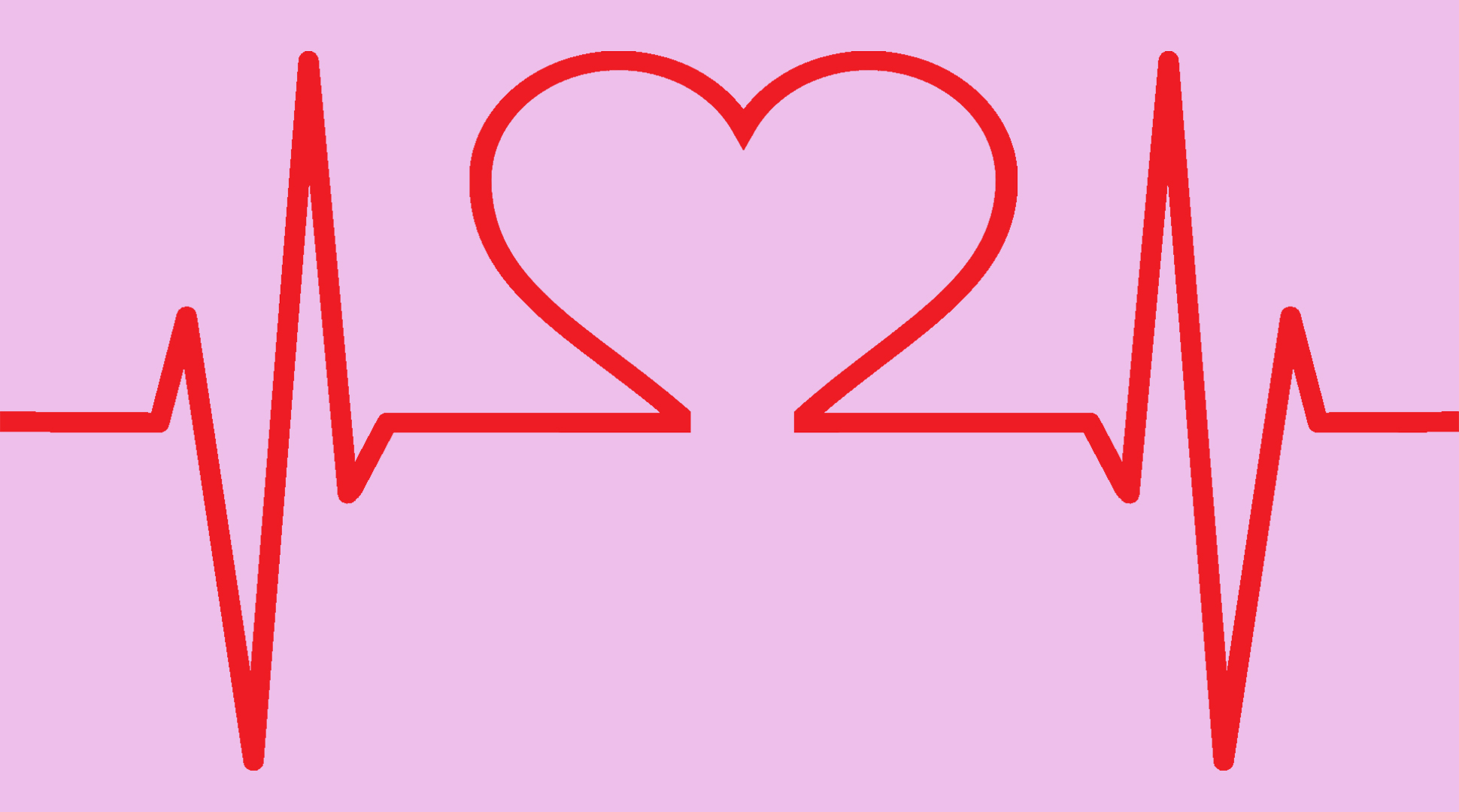photo courtesy Pixabay
by Julie Garden Robinson, PhD, LRD
I was alarmed. Someone in a meeting was speaking with closed eyes and a hand over their heart.
The person was quite passionate about the discussion in progress.
“Do I remember my CPR training? Should I call 911?” I thought to myself. I was wondering if the Bee Gees’ song “Stayin' Alive” was still the gold standard for doing CPR.
The person seemed OK at the end of the meeting. Later, we all received an email that a mild heart attack had occurred. Fortunately, the person was OK after getting medical treatment.
I really wasn’t expecting to go to a meeting and be inspired to write a column about heart health.
This situation reminded me how quickly health issues can happen. Sometimes, people do not get a second chance.
February is American Heart Month. Being aware of the signs and symptoms of heart issues could save someone’s life.
According to the American Heart Association, signs can vary from male to female. Many people experience discomfort in the chest (termed angina) or an uncomfortable pressure or pain.
Others feel pain or discomfort in the arms, back, neck, jaw or stomach. Someone suffering a heart attack may break out in a cold sweat, become nauseated or experience a rapid or irregular heartbeat or lightheadedness.
Heart disease is the number one killer in the U.S. among men and women. Most sudden cardiac deaths (70-89%) occur in men. Half of the men who die from a sudden cardiac event had no previous symptoms of heart disease.
Unfortunately, under 60% of women know that heart disease is the number one killer.
Here are some questions to ask yourself. Answering “yes” to these questions means you could be at greater risk for heart disease.
- Is your LDL (low-density lipoprotein) cholesterol level high?
- Do you smoke?
- Do you have diabetes?
- Do you have high blood pressure?
- Are you overweight or obese, according to a health care provider?
- Do you eat an unhealthy diet?
- Are you physically inactive?
- Do you drink too much alcohol?
- Are you under a lot of stress?
- Do you have a family history of heart disease?
We can’t change our family history, but many risk factors can be managed. Instead of focusing on “eating less” of this and that, let’s look at ways to eat “more” healthful foods to crowd out the less healthy foods.
- Eat more fruits, vegetables and low-fat dairy to help manage blood pressure. Besides fiber, calcium and other nutrients, these are good sources of heart-healthy potassium.
- Aim for more dietary fiber by regularly consuming all types of legumes, whole-wheat bread and cereals such as oatmeal and nuts.
- Eat more fatty fish such as salmon, tuna, herring and halibut, which all contain omega-3 fats.
- When cooking with oil, use unsaturated fats such as olive oil, canola oil, peanut oil, sunflower oil, soybean oil or corn oil. Substituting these fats for solid fats can help with your cholesterol profiles.
- Read more Nutrition Facts labels and ingredient statements. Aim for simpler foods with short ingredient lists. Foods with more fiber, more potassium and less sodium tend to be better for us.
Finally, get more physical activity in whatever way works for you. This can be swimming, dancing, walking or doing chair exercises. Most adults need about 150 minutes of moderate physical activity per week, which can be divided into short segments.
Julie Garden-Robinson is a North Dakota State University Extension food and nutrition specialist and professor in the Department of Health, Nutrition, and Exercise Sciences.
